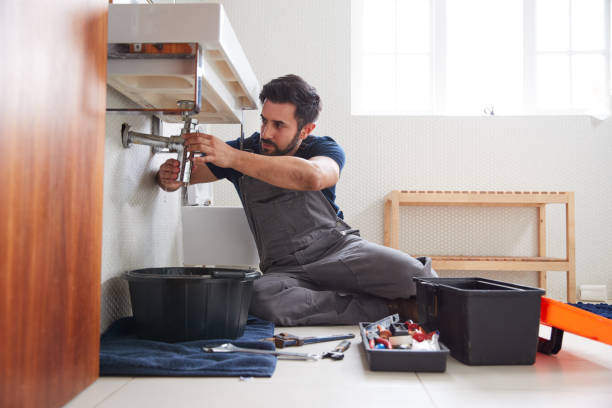Plumbing is the backbone of modern infrastructure, facilitating the efficient flow of water and waste in our homes and cities. From residential properties to commercial complexes, the proper functioning of plumbing systems is crucial for sanitation, hygiene, and overall comfort. However, traditional methods of repairing sewer lateral lines have often been disruptive and time-consuming, leading to inconvenience and significant expenses for property owners. Enter trenchless sewer lateral line repair, a revolutionary approach that is transforming the plumbing industry.
Understanding Trenchless Sewer Lateral Line Repair
Trenchless sewer lateral line repair is a method that allows for the rehabilitation of underground pipes without the need for extensive excavation. Unlike traditional repair methods that involve digging trenches to access the damaged pipes, trenchless techniques utilize advanced technology to repair or replace pipes from within, minimizing disruption to the surrounding environment.
The Process
The process typically begins with a thorough inspection of the sewer lateral line using specialized cameras and equipment. This allows plumbers to pinpoint the exact location and extent of the damage without having to excavate the entire area. Once the problem areas are identified, trenchless repair methods such as pipe lining or pipe bursting are employed to restore the integrity of the sewer line.
Advantages of Trenchless Repair
- Minimal Disruption: One of the primary benefits of trenchless sewer lateral line repair is its minimal disruption to the property and surrounding area. Since there is no need for extensive excavation, homeowners can avoid the hassle of having their landscapes torn apart or driveways dug up.
- Cost-Effectiveness: While traditional repair methods often involve significant labor and material costs associated with excavation and restoration, trenchless techniques can result in considerable cost savings. With less time spent on labor and reduced materials required for restoration, property owners can enjoy a more affordable solution to their plumbing problems.
- Faster Completion: Trenchless repair methods are typically faster to complete compared to traditional excavation methods. Without the need to dig trenches and manually replace pipes, repairs can be completed in a fraction of the time, allowing homeowners to resume normal activities sooner.
- Long-Term Durability: Trenchless sewer lateral line repair utilizes durable materials such as epoxy resin or high-density polyethylene (HDPE) pipes, ensuring long-term reliability and performance. These materials are resistant to corrosion, root intrusion, and other common causes of pipe damage, resulting in fewer future maintenance issues.
- Environmentally Friendly: By minimizing excavation and the associated disruption to the natural environment, trenchless repair methods are more environmentally friendly than traditional techniques. Reduced excavation also means less disturbance to plant life and wildlife habitats, making trenchless repair a sustainable choice for plumbing maintenance.
Conclusion
Trenchless sewer lateral line repair represents a significant advancement in the field of plumbing, offering numerous benefits over traditional repair methods. From minimal disruption and cost savings to faster completion and long-term durability, trenchless techniques are revolutionizing the way plumbing issues are addressed. As technology continues to evolve, the future of plumbing looks brighter than ever, with trenchless repair leading the way toward more efficient and sustainable solutions.

